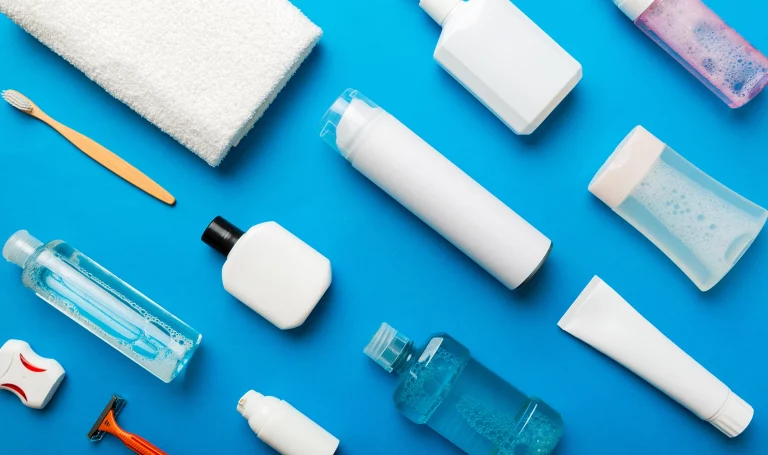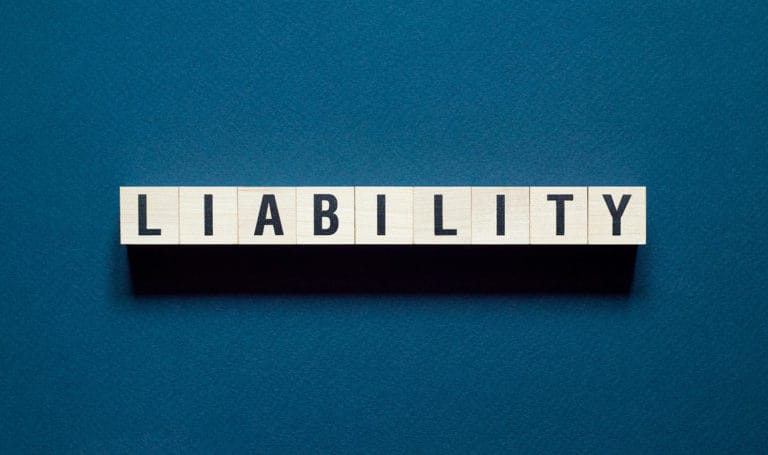Over the past few decades, product liability insurance claims filed have trended upwards in both size and number. The automotive, pharmaceutical, medical device, and food and beverage industries experience the largest costs associated with claims. This is largely due to the increased number and scope of claims and recalls, coupled with the more expensive litigation costs of large, hard-to-settle claims.
So what does this mean for you as a business owner?
If your company is part of the supply chain at any point — sales, distribution, installation, or manufacturing a product — you could be held liable for third-party product liability claims.
You need a risk management strategy that includes product liability insurance. Let us explain why.



Costly Product Liability Insurance Claims
The costs associated with product liability claims routinely stretch into the seven-figure range due to massive ramifications of a manufacturing error or faulty product.
Large product liability cases involving well-known brands often dominate the headlines. Recent cases have included talcum powder containing asbestos that allegedly led to several cases of ovarian cancer, Takata’s recall of potentially faulty airbags, and tainted batches of cough syrup.
Enormous jury awards are often headline-grabbers as well, with juries awarding tens of millions of dollars in a case only to have an appeals court reduce the award later. The damage to the company’s reputation can be equally as devastating.
In 2016, the average jury award was $3,762,500 with the highest personal injury jury award reaching $7,074,294. The costs and the risks for businesses continue to climb year over year in all of the categories of product liability.*
These costs as a percentage of incurred losses are high in product liability cases, primarily because of class action lawsuits.
There are three categories of product liability insurance claims:
- Defectively Manufactured Products
- Defectively Designed Products
- Failure to Provide Adequate Warnings or Instructions
Defense costs alone can be crippling. Expenses include:
- Defense, litigation, and medical cost containment
- Expenditures for surveillance
- Litigation management
- Fees for appraisers, private investigators, hearing representatives, and fraud investigators
- Attorney legal fees
Trends Affecting Product Liability Losses
Losses associated with product liability claims are skyrocketing. Changing trends driving the severity of losses include:
- Larger jury awards and escalating verdicts
- Inflation of medical services
- Global sharing economy (multiple businesses working together to streamline risks blur the lines of product liability coverage)
Why You Need Product Liability Insurance
The sheer scale of these numbers reveals the absolute necessity of carrying product liability insurance. You don’t want to be held responsible for millions of dollars in settlement costs, defense costs, or medical costs. Many businesses file bankruptcy after being subjected to a lawsuit and never recover.

How Much Does Product Liability Insurance Cost?
Product liability insurance protects businesses against claims or actions. The cost varies, depending on the type of product and the risk it carries. For example, a medical or pharmaceutical product may have a much higher risk than a common retail object such as a t-shirt, thus, the pharmaceutical company would have a higher premium than the t-shirt retailer.


Risk is determined by:
- Type of product
- Amount of annual revenue derived from the product
- How the product is marketed
- What safety measures are in place
On average the cost of product liability insurance in a low-risk category is about $0.26 per $1,000 in retail costs.
Common Exclusions in Product Liability Insurance
Your product liability insurance policy may have the following five common exclusions:
- Quality control exclusion: You must oversee a certain level of quality control for your products.
- Reporting exclusion: You must report any changes in manufacturing such as new ingredients, materials, or components to your carrier.
- Efficacy exclusion: Your product may be excluded if it fails to perform its main function.
- Material exclusions: Some carriers have material or ingredient exclusions.
- Product recalls: Usually not included in product liability coverage, and may extend to damages arising from the withdrawal, inspection, repair, replacement or loss of use of an insured’s product should it be recalled.
What is Strict Product Liability and Why Does It Matter?
Strict product liability is a legal rule that says a seller, distributor, or manufacturer of a defective product is liable to a person injured by that product regardless of whether the defendant took precautions to make sure the defect never happened. Strict liability replaces standard negligence rules.
This matters because usually in a court of law, in order to find fault in an injury case, the defendant’s standard of conduct is assessed.
In strict liability, the plaintiff must only prove the following three things:
- A product was sold in an unreasonably dangerous condition;
- The seller expected and intended that the product would reach the consumer without; changes to the product;
- The plaintiff or the plaintiff’s property was injured by the defective product.
Defenses against strict liability are:
- The plaintiff used the product in a way that they knew could lead to injury or took an assumption of the risk (used the product despite knowing it was defective).
- The plaintiff’s own careless actions contributed to or were the cause of the injury. This could include using the product in a manner it wasn’t intended for.
- Some other person or event interacted with the product to such an extent that the product was not the real cause of the injury.
How You Can Manage Product Liability Risk
To manage your product liability risk, fill out an application through Insurance Canopy. Our agents are available to help assess your risk profile, including:
- Type of business
- Type of products
- Company value
- Geographic location
- Claim history
- Coverage limits
Other types of insurance you may need are:
- Excess or Umbrella Product Liability
- Commercial General Liability
- Commercial Property Insurance
- Errors & Omissions Insurance
- Worker’s Compensation Insurance
- Emergency and disaster preparation
- Collect data on manufacturing trends
- Benchmark risk along the way in production planning (include job safety protocols)
- Build improvement initiatives post-production
How to Buy Product Liability Insurance
Each business is unique and your product liability insurance needs may vary. This is why Insurance Canopy has representatives who understand various industries and can develop an insurance portfolio that will keep you protected from financial loss.
We specialize in the following industries, among others:
- Nutraceutical, Vitamin & Supplements
- Beauty & Cosmetics Products
- E-Cigarette and Vape Products
- Consumer Products
- Sporting Goods Products
- Industrial Products
- Product Recall
- Discontinued Products
- Medical Devices
- Food Products
- Clothing Manufacturing
To purchase product liability insurance, simply contact our representatives by
Get a quote





